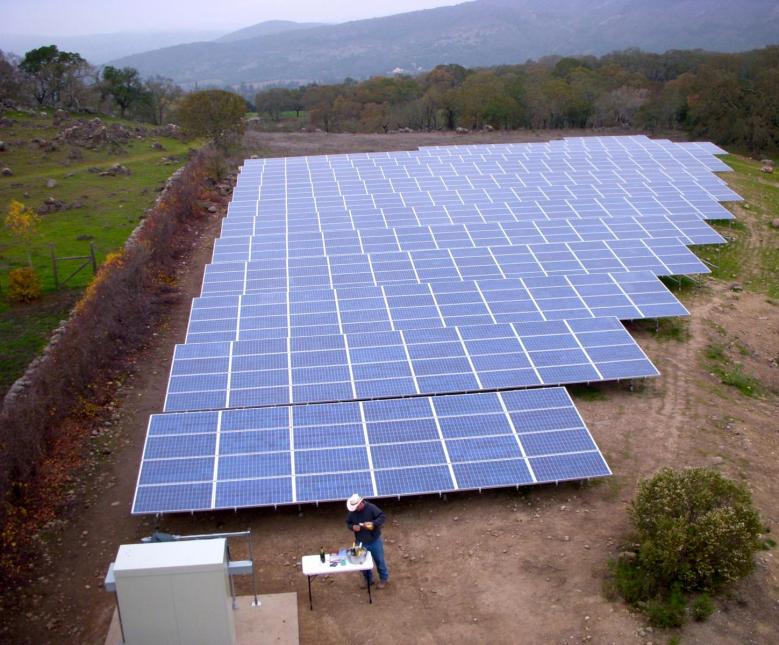Primary tabs

Successes and Challenges of Renewables Deployment in the Power Sector of the EU
The European Union has decided an ambitious program to transform its energy system. A binding target of at least 40% domestic reduction in greenhouse gas emissions by 2030 has been endorsed – compared with 1990 emission levels. Further targets include doubling the share of renewable energy in total consumption and increasing energy efficiency. Due to strong governmental support, the share of renewables in total EU power demand has doubled within the last ten years, from 15% in 2005 to 30% in 2015. But this strong development has a price. Net subsidy paid by the customers to plant operators reached, alone in Germany, which has one of the most ambitious programs in favor of renewables, $23 bn in 2015 and $140 bn in total for the period 2000 to 2015. This has led to power prices in the EU, which are twice as high as the US average. Power producers, too, have to face new challenges. These include:
- Reduced duration of the utilisation of conventional power plants
- Dropping prices on the wholesale market per kilowatthour which means reduced revenues and
- Providing conventional power plants with the required flexibility to meet the fluctuations in the feed-in of solar- and wind-based electricity.
Furthermore a substantial expansion of the transmission and the distribution grids is necessary in order to integrate the renewable energy based power. Two of the lessons learnt are:
- In providing incentives for investment in renewable energies one should avoid impairing the market system
- The realisation of an energy system, which is mainly based on intermittent renewables, is not an alternative energy system but an additional energy system, and the society must be able and prepared to afford this.
